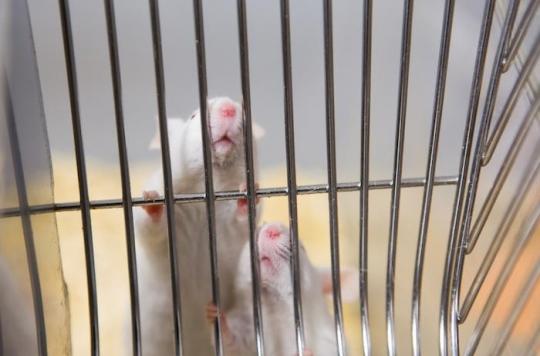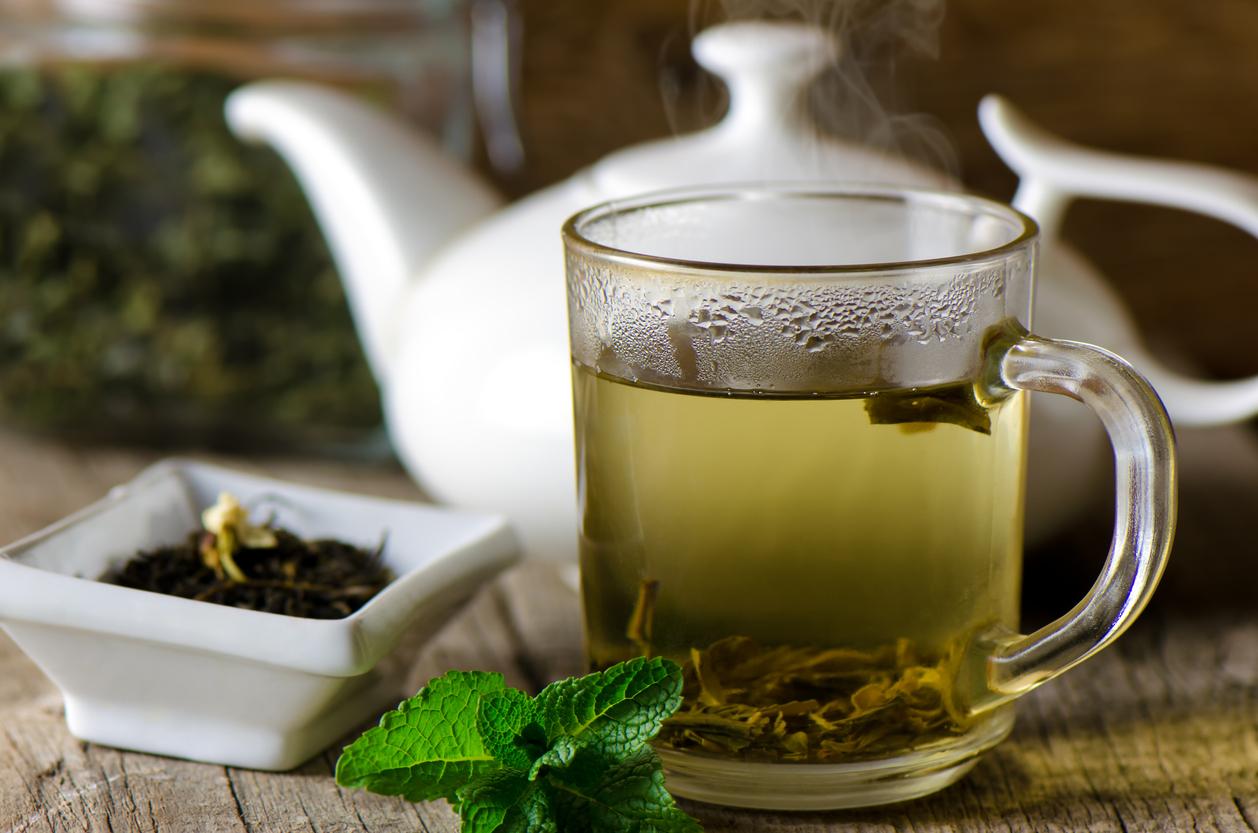A protein found in umbilical cord blood improves memory and learning in aging mice.

Umbilical cord blood contains anti-aging compounds, reports study published in Nature. Researchers at the Stanford University School of Medicine (United States) have discovered a protein capable of rejuvenating the brains of elderly mice. The injection of this molecule made it possible to improve their memory and their learning functions.
In previous work, Professor Tony Wyss-Coray’s team observed that transfusion of plasma from young mice into elderly guinea pigs improved cognitive performance. Autopsies of the animals showed that the formation of neural connections was reactivated in the hippocampus of old mice, the area of the brain involved in memory.
Cord blood, a precious fluid
This time around, neuroscientists go further. They show that human blood plasma can also be a source of youth. They even discovered a protein in human umbilical cord blood capable of revitalizing brain functions.
To arrive at these promising results, the researchers analyzed plasma collected from volunteers aged 19 to 24, participants aged 61 to 82 as well as cord blood. To distinguish the effects of these different samples on the brain, and in particular the hippocampus of old animals, scientists have repeatedly injected them into mice.
Towards new drug therapies
It then appears that these guinea pigs in the prime of their lives performed better on cognitive tests than young mice after receiving umbilical cord blood. The function of the hippocampus has improved markedly, the authors noted. On the other hand, the results are more modest with the plasma of young people, and the blood of senior citizens did not bring any benefit at all.
Further analysis reveals that humans and mice share a protein, called TIMP2, involved in the formation of neural connections. Found in abundance in cord blood and young mice, this substance disappears over the years. And the injection of this protein alone in old mice confirms these beneficial effects.
Based on these results, Professor Tony Wyss-Coray and his colleagues assure that this work is very promising in terms of drug development. They have already filed a patent and are preparing to continue their work with the start-up of Prof. Wyss-Coray.
.















